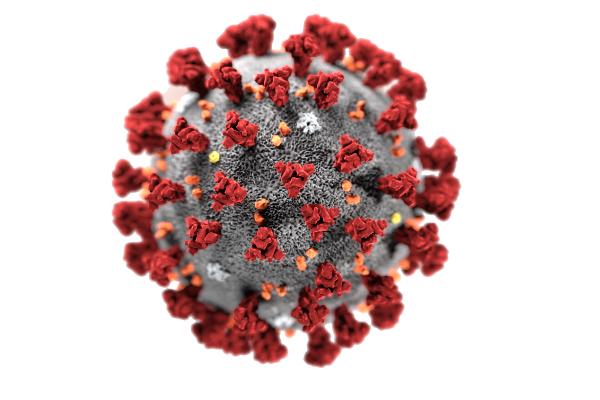
No increased COVID mortality for plaque psoriasis patients on biologic therapy
Biologic treatments have been used to target aberrant immune responses in many diseases including the dermatologic manifestations of psoriasis, systemic lupus erythematosus and atopic dermatitis. The use of biologics is not without hazard as these agents block immune pathways adapted to protect the host. For medical providers who prescribe these agents, there has been concern about the immunomodulatory effects of biologic therapy in the context of coronavirus (COVID-19). In fact, it has been largely debated whether biologics for psoriasis should be interrupted for preventing severe complications of the COVID‐19 infection.
As there was no data upon which medical providers could rely as COVID hit our communities, the decision to continue biologic treatments in these patients required balancing the risk of immunosuppression with the risk of disease flare requiring urgent intervention.
An article published in the May issue of the British Journal of Dermatology from data in Italy revealed no deaths among psoriasis patients undergoing biologic therapy due to COVID-19 and no difference in incidence of hospitalization compared to the general population. The retrospective observational study from multiple centers in Italy reviewed data from 5206 patients on biologic therapy for plaque psoriasis. Four of these patients were hospitalized with COVID-19-related pneumonia. This is encouraging data for patients who require biologic treatments for control of their autoimmune conditions. The patients who were hospitalized for COVID-19 had a higher frequency of concurrent comorbid diseases such as diabetes and hypertension.
Byline: Sarah B.W. Patton, MSHS, PA-C
Posted July 7, 2020
©2020
Gisondi P, Facheris P, Dapavo P, et al. The impact of the COVID-19 pandemic on patients with chronic plaque psoriasis being treated with biological therapy: the Northern Italy experience [published online ahead of print, 2020 Apr 28]. Br J Dermatol. 2020;10.1111/bjd.19158. doi:10.1111/bjd.19158







